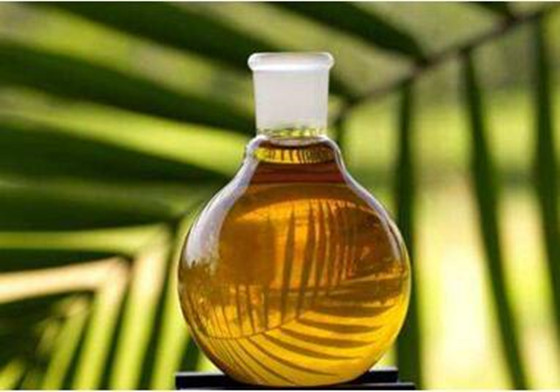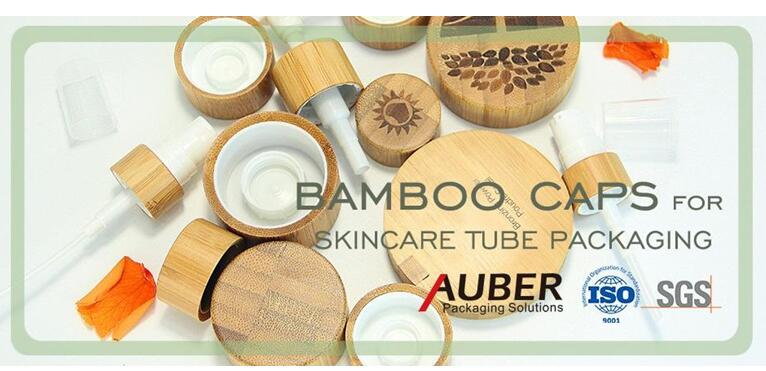What Can We Use for Plastic Cosmetic Tubes Instead of Petroleum
2019-05-15 21:27:08
There is no doubt that plastics and other forms of polymers have brought great convenience to our lives. However, most of the raw materials needed for plastic production come from non-renewable fossil energy sources such as petroleum, coal and natural gas. According to statistics from Braskem which researches on renewable plastics, about 6% of the world’s petroleum production is used in plastics production. As the reserves of these resources are declining, we have to think about one question: If one day these fossil fuels are used up, what can we use to produce plastics?
 With the increasing attention of the public to the protection of the environment, research on biodiesel has been increasing in recent years.
With the increasing attention of the public to the protection of the environment, research on biodiesel has been increasing in recent years.
Biodiesel comes from vegetable oil (such as soybean oil, peanut oil, corn oil, cottonseed oil, etc.), animal oil (such as fish oil, lard, butter, sheep oil, etc.), waste oil or microbial oil. Biodiesel is a typical “green energy” with good environmental performance, good engine start-up performance, good fuel performance with wide range of raw materials, and renewable characteristics. Developing biodiesel has important strategic significance for sustainable economic development, promoting energy substitution, reducing environmental pressure, and controlling urban air pollution. However, the production of biodiesel technology is still immature, and research on the problems of high cost, long reaction time, and difficulty in separating reaction products from catalysts in the transesterification reaction is still underway.
So is there any other possibility? Recently, some researchers have pointed out that even if the oil is used up, there are still abundant organisms on the earth. If organism is used instead of petroleum as a raw material for plastics production, maybe the plastics industry can achieve sustainable development. They also gave this plastic a new name: bio-plastics. Bioplastics has also become one of the most worthwhile areas to be explored.

The concept of bio-plastics sounds really good, but we have to ask a few questions: It is estimated that the amount of organism newly produced on Earth every year is as much as 100 billion tons, of which only about 3.5% is used by humans. In contrast, the world’s plastic production is currently around 300 million tons. If you turn all of these organisms into plastic, it is more than enough to meet people’s needs. But the problem is followed: If organism resources were so rich, why they cannot be the main stream in the production of plastics? To answer this question, we need to briefly review the history of plastics.
It is well known that a significant portion of organism naturally have polymeric materials such as cellulose, protein and natural rubber, and our ancestors learned to use them very early. But compared to synthetic plastics, their functions are less ideal and their production is subject to many factors.
For example, cellulose, which is widely found in plants, especially wood, is the most abundant natural polymer on the earth. However, cellulose is difficult to dissolve in common solvents, and it is difficult to melt at high temperatures, which is far less convenient to be processed than synthetic plastics. So although we can use wood to build houses and paper, it is difficult to make them more like plastic.
Another example is that natural rubber comes from the latex of rubber trees, while rubber trees can only grow in hot and rainy tropical and subtropical regions. Those countries and regions that are mainly in temperate and frigid zones can only import natural rubber due to lack of corresponding planting conditions. If the supply is interrupted due to wars and other reasons, the national economy and people’s livelihood are likely to be seriously affected. A typical example is the disconnection of the United States from the main rubber producing area of Southeast Asia after the outbreak of the World War II Pacific battlefield. It is really miserable that a large number of cars and aircraft have no tires available.
Therefore, at present, recycling is the most effective way to reduce plastic loss. P&G’s use of recycled plastic bottles is the company’s fourth environmental initiative in just 18 months, which also marks P&G’s efforts in environmental protection and sustainable development.
Bamboo screw cap for skincare tube packaging from Auber is a good example. Bamboo as a renewable raw material, being used as screw caps is convenient and environmentally-responsible. Auber Packaging is an ISO9001 Certified contract manufacturer offering private label cosmetic tube packaging. Since 2004, Auber has been the leading cosmetic tube manufacturer in China. With the excellent equipment and raw materials from overseas, our stable qualified products have achieved high reputation from our clients all over the world. We are specialized in multiple cosmetic tubes of varies specifications: Mono-layer, Double-layer and Multi-layer (5 layer), Aluminum plastic laminated tubes, Plastic laminated tubes.
Gianni Ciserani, President of P&G Global Fabrics and Home Care Group, said: “For environmental sustainability, we believe that action is louder than words. The use of recycled plastics in the packaging of our major brands is a step in the right direction. We want to make it easier for consumers to accept products packaged with recycled materials while continuing to provide superior product performance. Material suppliers work together to ensure we have more environmentally friendly packaging for more brands and areas. We also hope that more companies can join our operations to eliminate ubiquitous packaging waste. ”
Everyone is working together for a better environment, and Auber will increase its efforts to research products that are more environmentally friendly.






